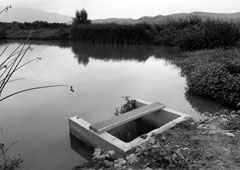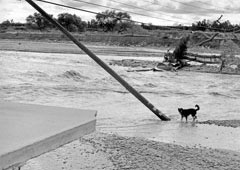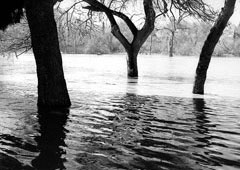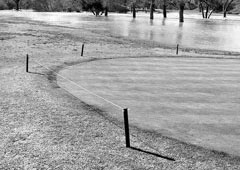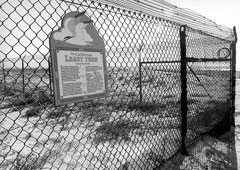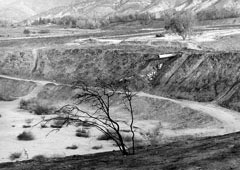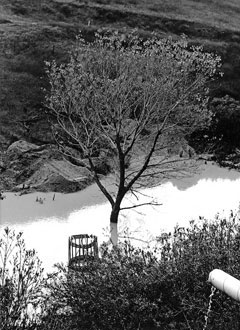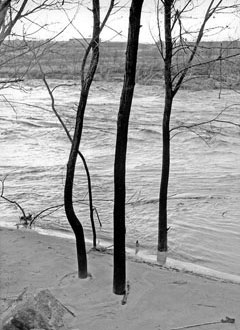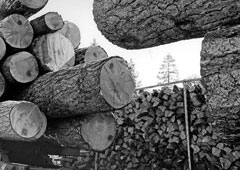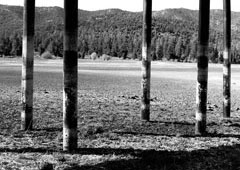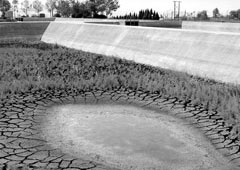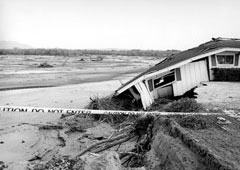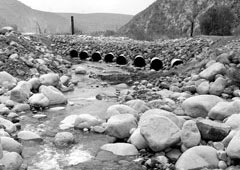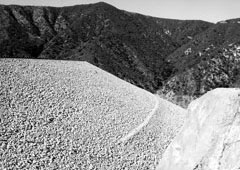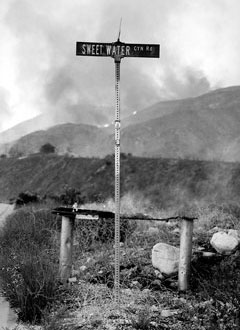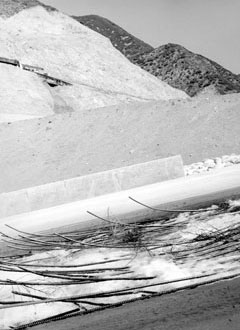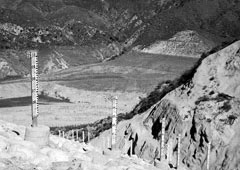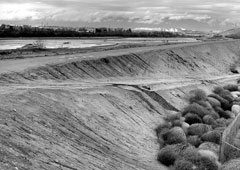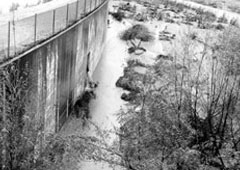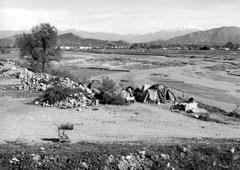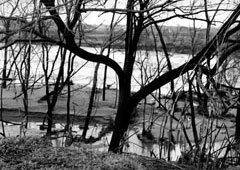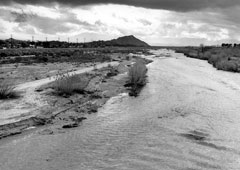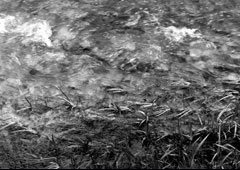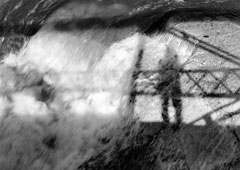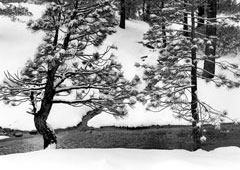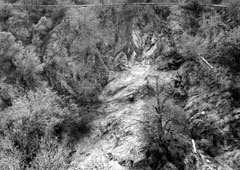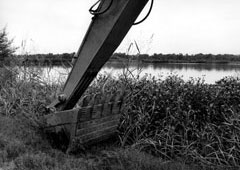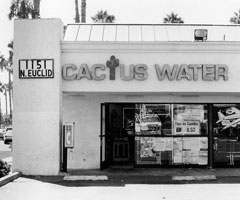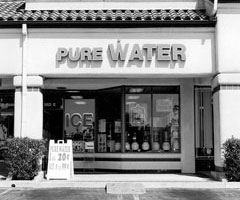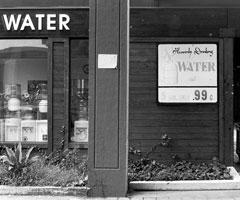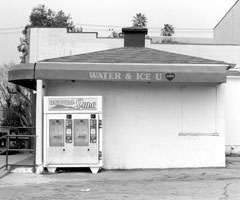page 1
Paving Paradise: Stories from the Santa Ana Watershed
I often refer to the Santa Ana River as "my river." Never intending "my" to allude to ownership or control but rather an intimate relationship one develops with a lover or a dear old friend. The Santa Ana River serves as a source of vital sustenance for my body, mind, and creative spirit. The river is the life source that nourishes the earth and every living and human cell in the community I reside. The river has taught me the critical interdependence between humans and the natural world and inspires me to make art that reflects on my life experience and relationship with place.
I have been photographing the 96-mile-long Santa Ana River and its expansive watershed for nearly three decades. My work is intended to create a contemplative space where one can sense the subtle and profound connections between themselves, the natural world and our constructed settings. These disquieting photographs address complex environmental and societal issues and reflect upon various ideas concerning my/our relationship with the river -- as place of community, economic resource, recreational site, natural habitat, sanctuary, and both source of life and destruction.
Paving Paradise refers to the current state of the river and the conflicting terrain of natural riverbeds and dams, flood plains and tract home communities, riparian wetlands and concrete channels. I was first drawn to the Santa Ana because of its natural beauty -- the vast open landscape, the starkness of its often-dry riverbeds and the power of its occasional rushing waters. The river remains a source of creative inspiration as I continue to depict the critical role it plays within the region, my home since 1975.
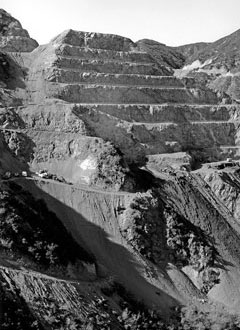 |
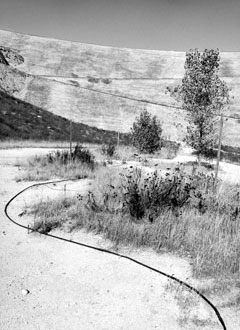 |
page 6
Western Waters
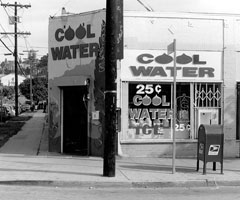 |
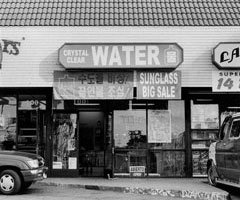 |
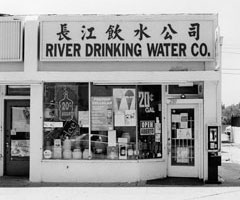 |
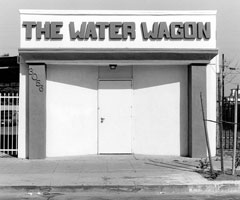 |
Western Waters address the commodification of nature, water as consumer product, and human desire - a never-ending thirst. My straightforward approach to photographing retail water stores emphasizes the topography of these sites - the store names and other signage, architectural elements, and the mostly generic strip mall settings. The stores are located in regions where more water is necessary for survival and less naturally available. In southern California, many of these businesses are located in low-income neighborhoods and/or locations with large immigrant populations. While in Arizona, New Mexico, and southern Nevada, stores appear most often in retirement communities and in regions where tap water has a very high sodium and mineral content. The success of these stores is based on consumers' fear that their tap water is not safe to drink and on providing a less expensive alternative to bottled water.
What most interests me is both the necessity and absurdity of these stores, and the way these venues have come to represent the source of a natural experience. Of course, these stores are merely elements of entrepreneurial enterprise - constructed sites to provide the consumer with the most essential requirement for life and survival. Today plastic bottles have replaced earthen vessels, and to fetch our water, we travel in polluting automobiles to and from this fabricated representation of a river, well, or spring. The photographs will serve in the future as a historical document, either registering a fleeting fad or laying the foundation of what will become commonplace in our society.
RELATED PLACES Inland Empire




